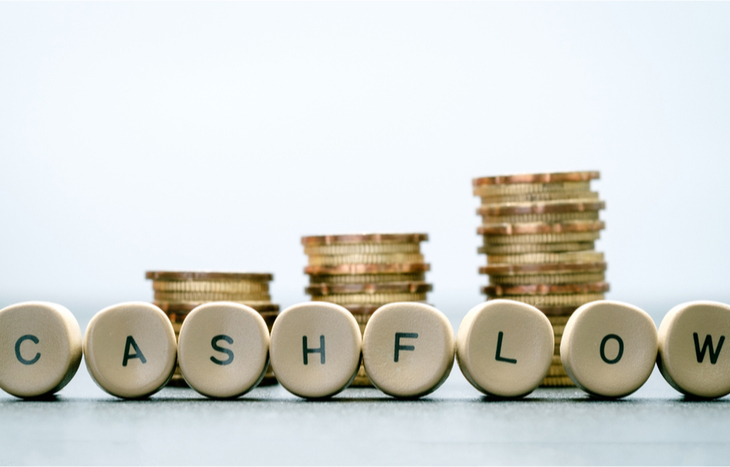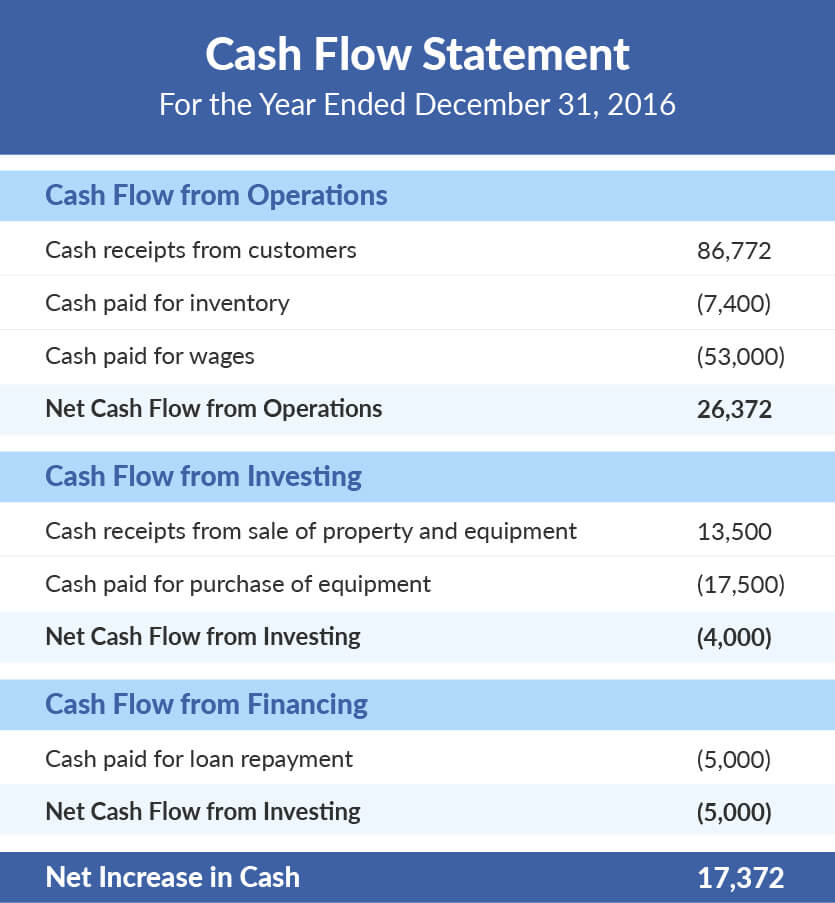

The transaction happens, but the bank won’t take any cash on the day.

Think about when you buy something on a credit card.

Companies can book revenue before the cash has actually turned up, and record costs before a payment has actually been paid. We therefore need to deduct any gains and add back in any losses. That means they’re likely to fall under cash flow from investing, not operations. For example, gains or losses made on the sale of assets would pass through the income statement, but typically these proceeds aren’t part of a business’ standard operations. Starting with net income, the first step is to adjust for non-cash items like the depreciation and amortisation expenses we discussed earlier. So, to get cash, we begin with net income and adjust for differences between accounting items and actual cash flows. If you remember, profit figures can have non-cash items included. Think the money coming in from product sales minus the costs of doing business. For example, operating cash flows reflect the day-to-day operations of the business. They do pretty much what they say on the tin. Operating cash flows, financing cash flows and investing cash flows. What goes on a cash flow statement?Ĭash flow statements are divided up into three sections. Should conditions be better than expected, those charges can be unwound, giving profits a non-cash boost in periods when this happens. But, until bad debts materialise, there’s no cash impact of these charges. These pass through the income statement as an impairment charge, reducing reported profit. As major economies around the world look set to head into recession in 2023, banks have had to increase their bad debt provisions. Despite their best efforts, not all bank loans end up being repaid and so banks must make estimates for loans they expect customers to struggle paying back. There are other ‘non-cash’ movements associated with an income statement too, like when a company is forced to write off the value of an asset through an impairment, that reduces profit.įor example, banks often set aside provisions for bad debts.


 0 kommentar(er)
0 kommentar(er)
